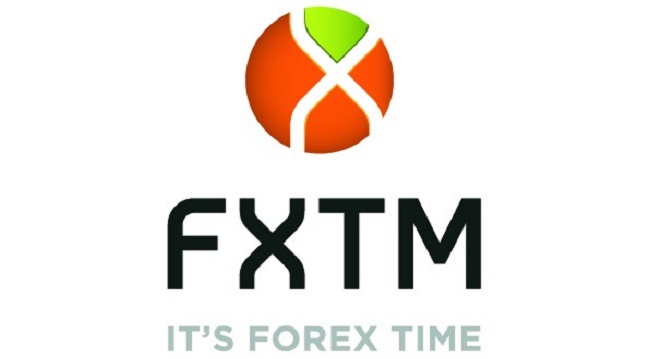The week has begun with a risk adverse market in the wake of last Friday’s turmoil which saw a basket of emerging market currencies engaged in a large sell-off over fears of capital outflows from emerging markets. The currencies involved in the selling frenzy included Argentina’s peso, Russia’s ruble and the Turkish lira. The situation is so grave in Turkey that the central bank reportedly intervened by selling 4 billion US dollars last week in a bid to prop up the local currency. Such emerging economies are particularly dependent on international investment to support external funding shortfalls and the scale back of US Federal Reserve-funded bond purchases puts their foreign investments in jeopardy.
The fall-out in the emerging economies has been so severe that there are now mounting fears that the US Federal Reserve’s FOMC Committee may be lead this week to announce a delay to the tapering of the economic stimulus in order to calm the markets and restore some confidence in the global economy.
The Fed only just began its tapering program in December and is due to reduce the tapering by another $10 billion to $65 billion this Wednesday. If Fed policy makers announce a pause in tapering it will be a huge signal to the markets that the US recovery and the global economy is not as robust as previously thought, which could cause even further market volatility.
While the euro weakened slightly at the end of the week against the dollar, on Monday EUR/USD was trading in a steady pattern with investors turning to the euro as a safe haven. EUR/USD was also boosted last week by impressive eurozone PMI readings. This week, investors will be watching for Germany’s unemployment change data as an indicator for the overall health of the eurozone economy. EUR/USD may also experience some volatility on Wednesday when the Fed confirms its policy towards economic stimulus. The EUR/USD pivot point is 1.3638 and the next resistance levels are at 1.3747, 1.3807 and 1.3916, while the supports are 1.3578, 1.3469 and 1.3409.
Traditionally during risk adverse trading patterns the Japanese yen is the safe haven currency investors turn to, however when the market opened this week the yen actually fell 0.2 percent from its seven week high against the USD. This fall was likely borne out of Sunday’s announcement that the Japanese trade deficit is the highest ever as a proportion of GDP, along with renewed fears over the stability of emerging markets. Further JPY volatility may be expected on Thursday when the National Consumer Price Index is released by the Statistics Bureau. The November reading was 1.5 percent, a boost by 0.4% on previous readings, and another high reading will be seen as positive for JPY. The USD/JPY pivot point is 103.73, with resistance levels at 104.50, 105.61 and 106.38, while the supports are 102.62, 101.85 and 100.74.
The Australian dollar has also seen interesting movements in the wake of the emerging markets turmoil; AUD/USD rose 0.4 percent from a 3.5 year low of 0.8860 on 24 January 2014, to 0.8716 on Monday. Analysts are now changing their tune about the AUD, saying the decline may have been overdone and that the Aussie is poised for a bullish reversal. The AUD/USD pivot point is 0.8778 and the resistance levels are at 0.8824, 0.8891 and 0.8934, with supports at 0.8711, 0.8665 and 0.8598.
GBP/USD is still under pressure in advance of the Fed’s decision regarding the economic stimulus, however the UK economy seems to be making a more robust recovery than the US. Last week’s UK ILO unemployment rate once again moved lower, with a figure of 7.1% compared to the previous reading of 7.3%. The unemployment level is edging ever-closer to the Bank of England’s threshold of 7% where they will consider increasing interest rates. While Governor Carney admitted that there was a real possibility the unemployment rate would drop below the threshold a lot earlier than the projected November date, he stressed that this would not necessarily mean a rate hike as there is no immediate need for a rise while inflation is within the target level. The GBP/USD pivot point is 1.6610 and the resistance levels are 1.6665, 1.6699 and 1.6754, with supports at 1.6576, 1.6521 and 1.6487.
What to Watch this Week:
Volatility is likely to remain high in the lead up to Wednesday’s FOMC policy meeting in the US and so all of the USD-based majors should be closely watched. Economists are currently expecting the central bank to continue tapering asset purchases at a rate of $10 billion per month and any deviation from this program or clues about possible future strategy adjustments is likely to drive volatility further.
For more information please visit: Forex Time



